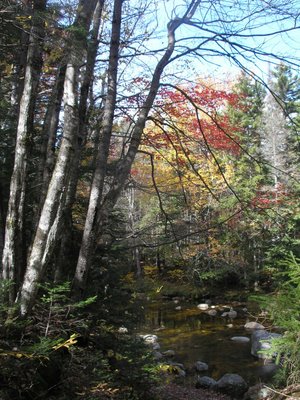We are parked under an oak tree on Lake George. Acorns have been landing on the RV metal roof all night like small cannon balls.
There are a series of lakes and rivers that nearly connect New York City and distant Montreal on the St Lawrence River. The Hudson flows north from New York City. Near Albany, navigator Henry Hudson found the Hudson to be too shallow to be navigable, but the river was accessible by smaller boats to near Lake George.

A small strip of land, Ticonderoga (land between the waters), separates Lake George from Lake Champlain. The wide Richelieu River flowing out of Lake Champlain allows access to Montreal with only a short portage near Montreal. It was inevitable that a clash of the French and British superpowers would occur at Ticonderoga.
In 1758, British General Abercromby led 16,000 British and Colonial troops in an attack on 3,200 French defenders of Fort Carillon at Ticonderoga. The badly outnumbered French prevailed and Abercromby lost 1,900 men, a third of which belonged to the “Black Watch” regiment.
The following year British General Jeffrey Amherst returned. The French had lost men in other battles and the smaller French garrison retreated after a four-day seige, blowing up the powder magazine and rendering Fort Carillon unusable. Amherst began construction of Fort Ticonderoga and a British war fleet on Lake Chaplain.
On May 10, 1775, Ethan Allen and Benedict Arnold with 83 “Green Mountain boys” rowed across Lake Champlain, surprised a sleeping sentry and captured Fort Ticonderoga. In fairness, the news about the initial skirmishes at Lexington and at Concord three weeks earlier had not reached the fort. That winter, the Ticonderoga cannons were dragged on sledges over the snow to Dorchester Heights in Boston leading to the British evacuation of Boston Harbor on April 14, 1776.

No comments:
Post a Comment